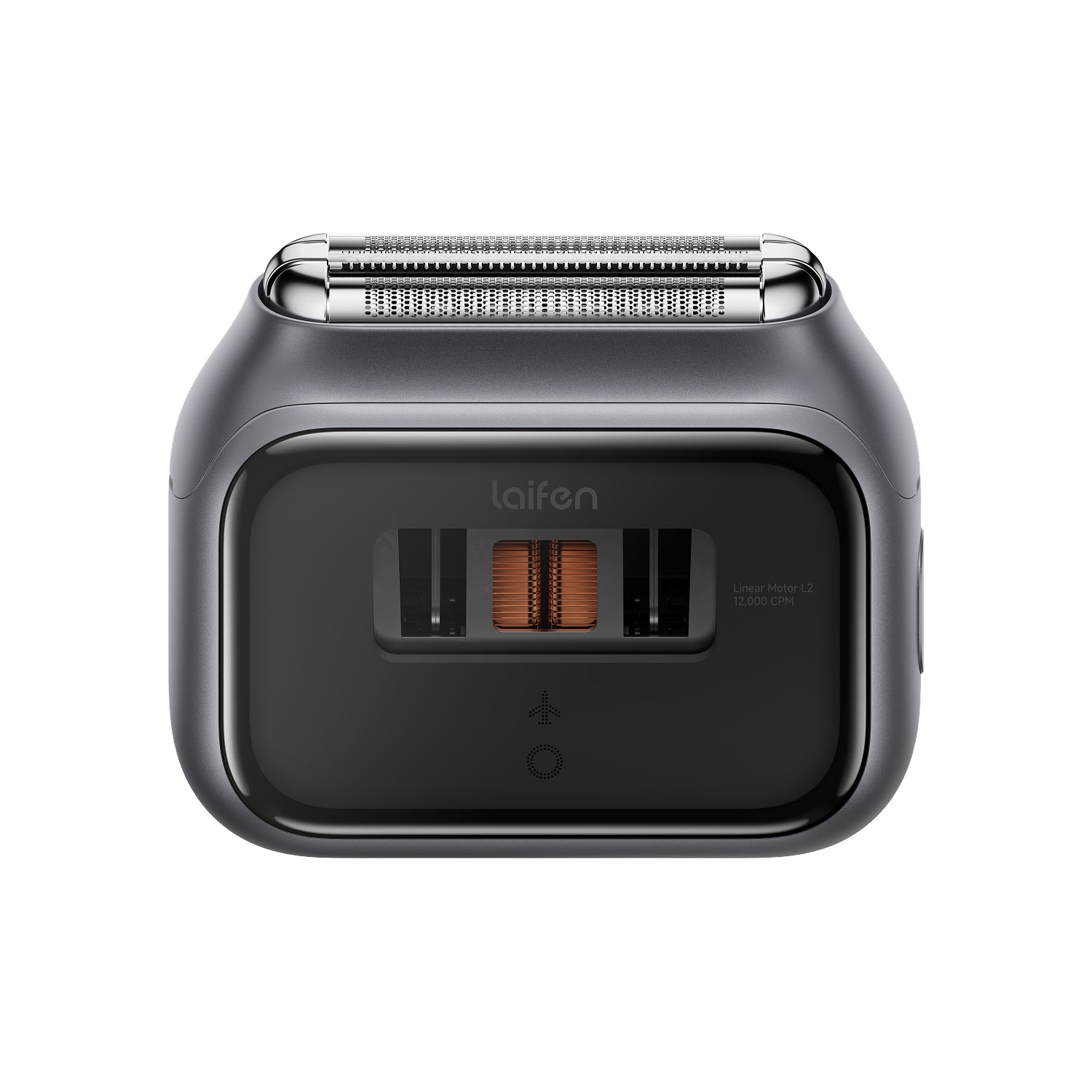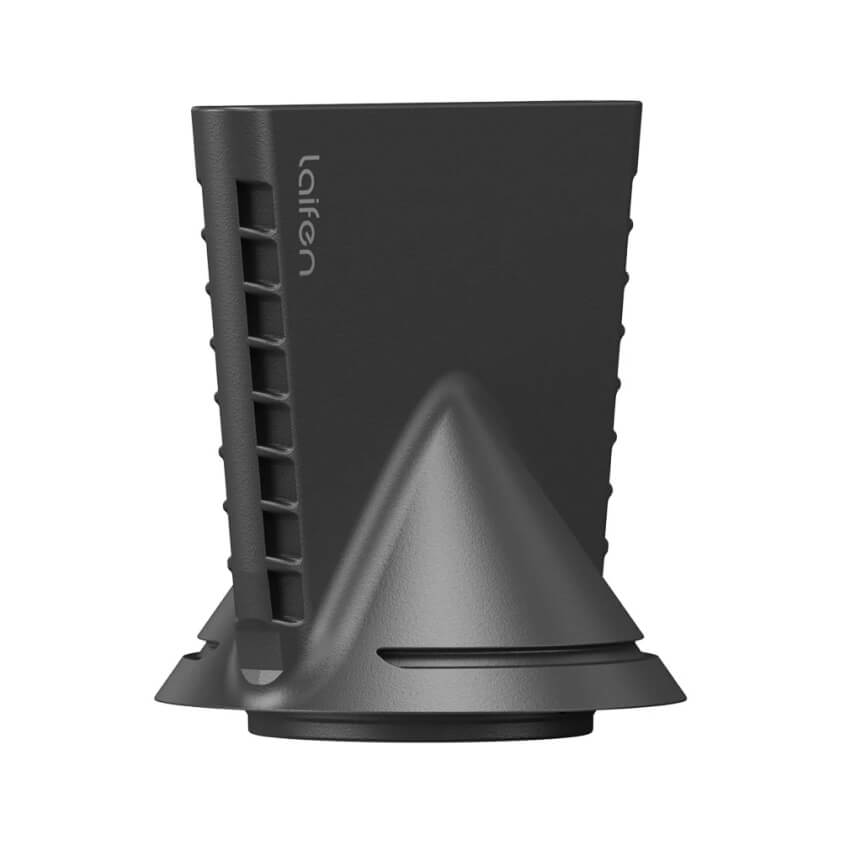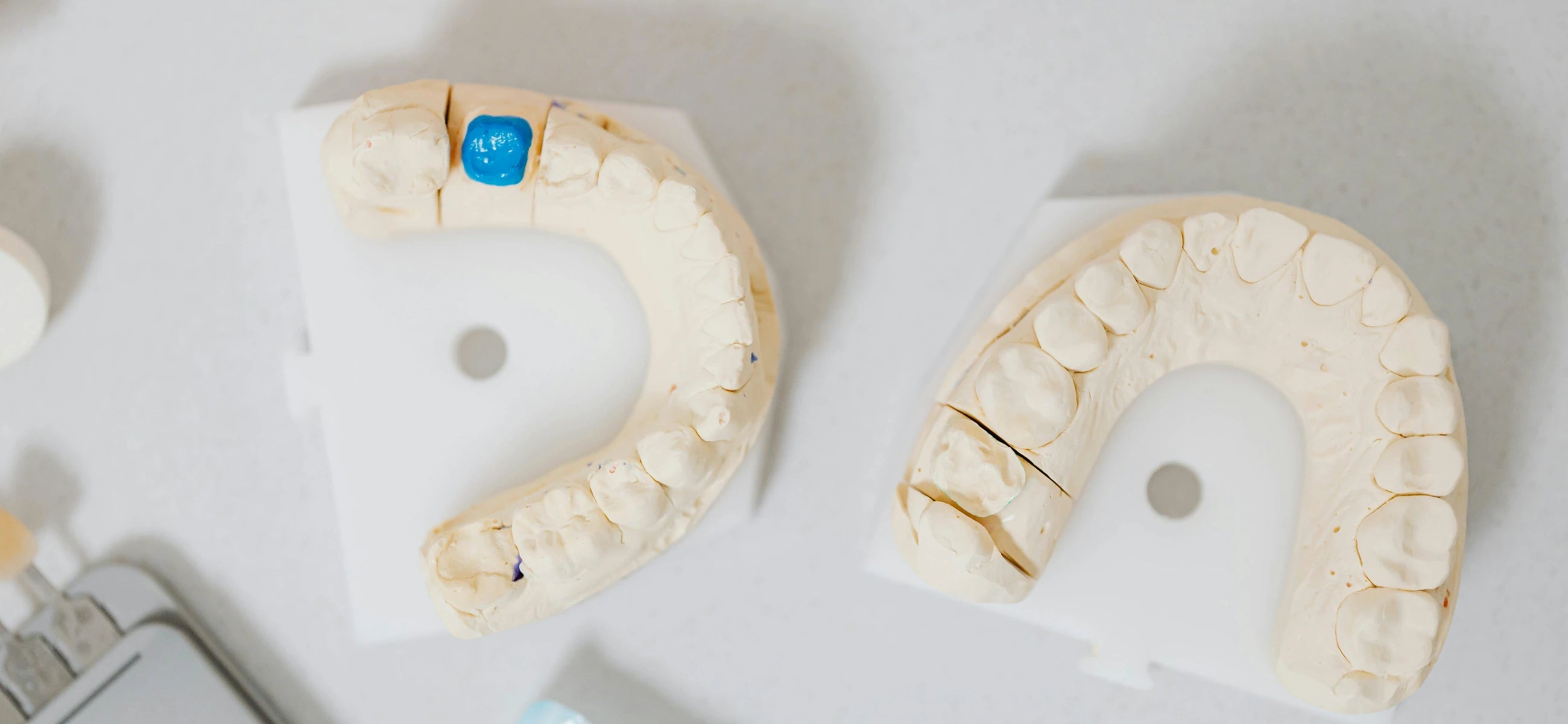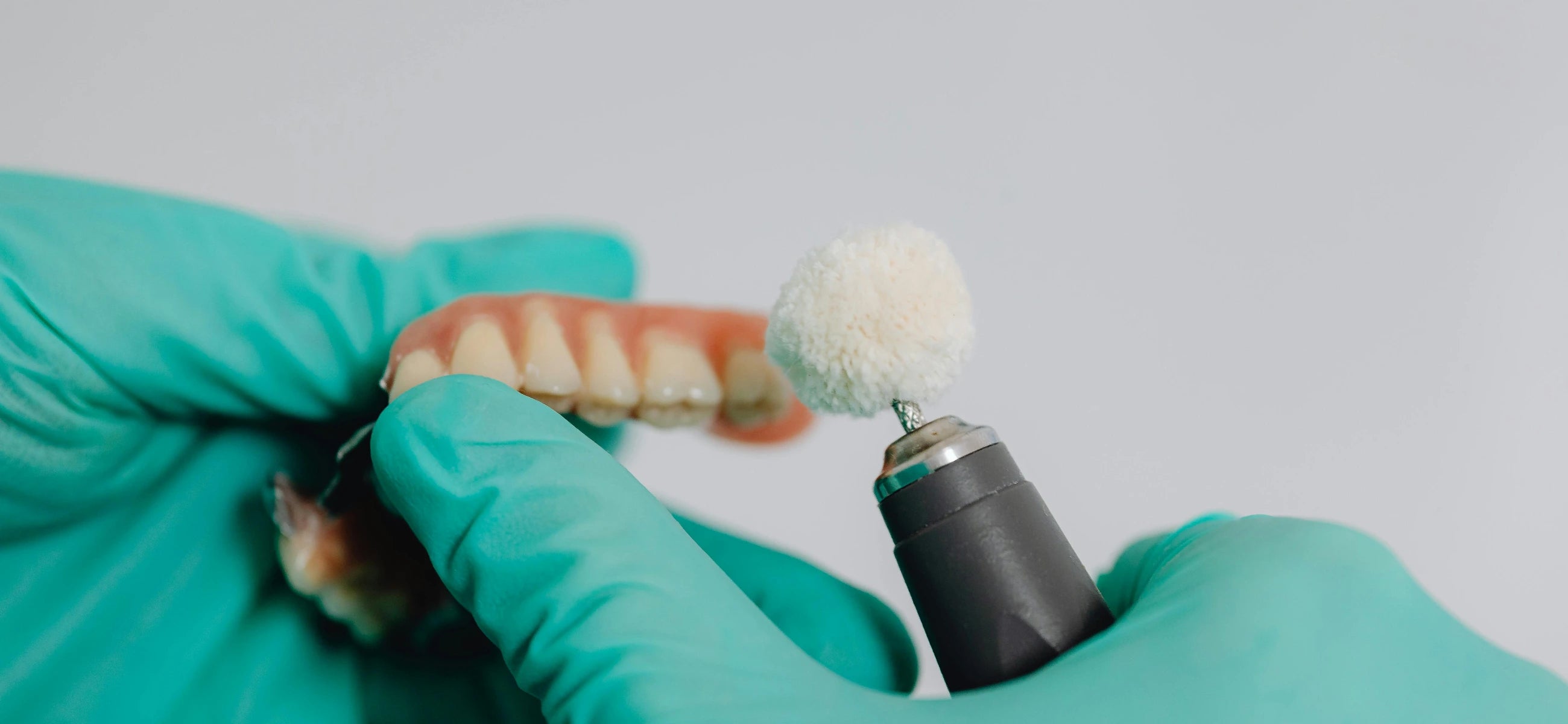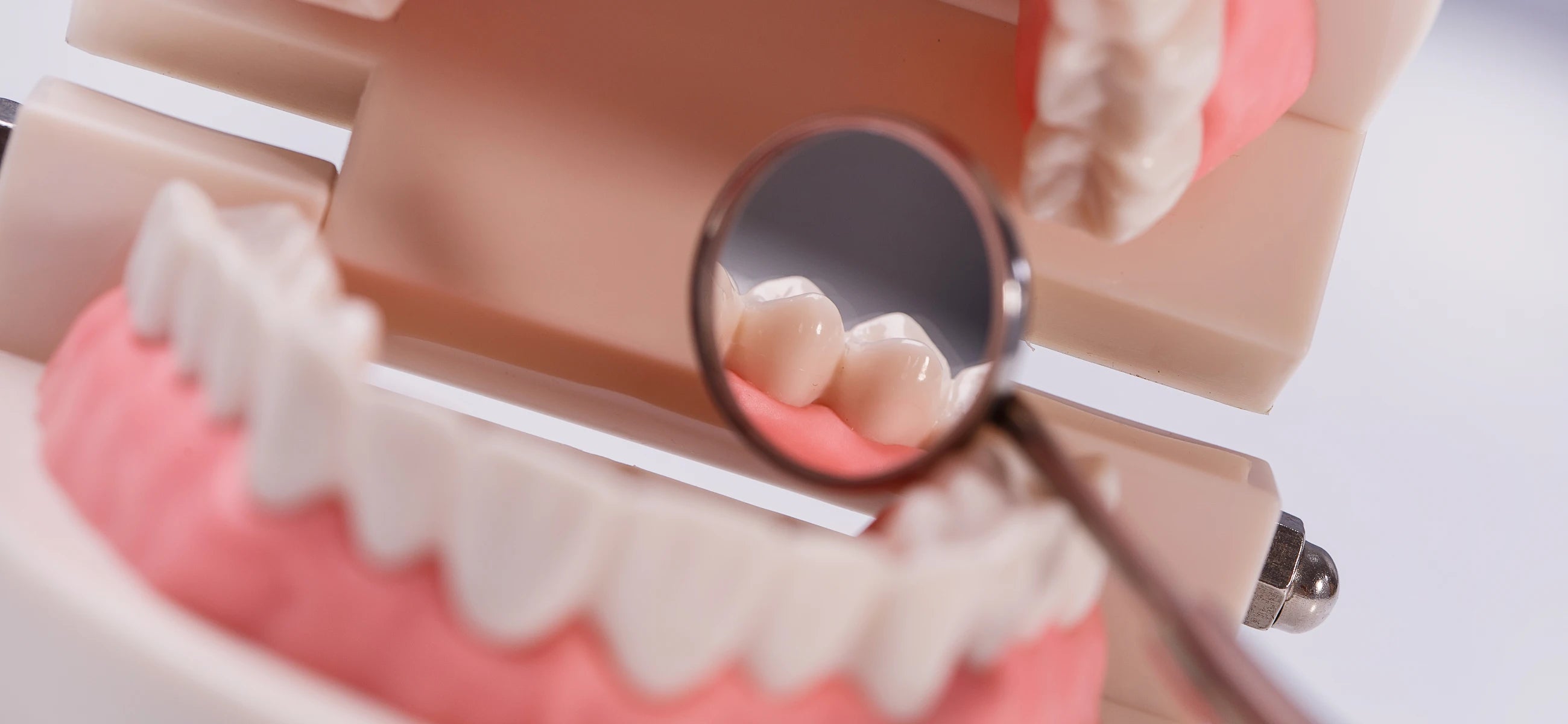
In this article
Experiencing an infection in your mouth, gums, or teeth can be painful and if left untreated, it can cause you serious dental problems going forward.
If the center of your tooth gets infected and the pulp is attacked by bacteria, a root canal procedure may be your best option to save the tooth in question.
In this article, we explain in detail - what is a root canal - and run through everything you need to know about this specific type of dental treatment.
What is the purpose of a root canal?
A root canal is a specific type of dental treatment, known as endodontics, that is prescribed by a dentist to treat an infection at the center of a tooth.
Though it's fairly invasive as dental treatment goes, a root canal procedure can save a rotting or infected tooth that may otherwise need to be removed, so it's a good option to consider if you have a serious infection.
Sometimes, the center of a tooth can become infected by bacteria in the mouth. It can also become infected due to a trauma or an injury to one tooth or a number of teeth.
As a dentist can't clean the infection directly, a root canal procedure is required to get to the pulp that has been damaged by the infection.
Signs of a pulp infection
Before visiting your dentist, you might notice some of the following symptoms that indicate a pulp infection:
-
Dull toothache.
-
Pain or sensitivity when eating or drinking hot and cold food/drinks.
-
A dull coloration on your tooth.
-
Pus oozing from one of your teeth.
-
An inflamed jaw or cheek.
The issue with a pulp infection is that the sensitivity in the tooth in question will actually disappear when the pulp dies. This might cause you to think that the infection has cleared up by itself.
But in reality, the infection has spread to the root system of the tooth and has actually gotten worse. For this diagnosis, you will need to visit your dentist's office, as we detail below.
What is done in a root canal? The process explained
So, what is the process of a root canal? There are actually several stages to this type of dental treatment, but it usually begins with a consultation in which the dentist performs x-rays.
These x-rays show the pulp, which is the center of your tooth, and the dentist will be able to tell if the tooth has been significantly damaged by the bacterial infection.
After diagnosis, the dentist will recommend the best course of action. In most cases, the bacteria can be removed, but not with a simple antibiotic. Rather, a root canal operation can be done to remove the infection from the roots of your tooth.
Your dentist will drill a small hole in your tooth's crown to get at its pulp, before disinfecting it and removing the infection. They will then fill the hole to close up the crown, before attaching a new crown in most instances.
If the dentist feels the tooth is beyond repair, tooth extraction is the only option and you can then look at dental implants as a way to fill the gap.
What is the average cost of a root canal?
The cost of root canal treatment depends on several factors, including which tooth is infected and how bad the infection is. Root canal treatment on the front teeth is always cheaper than the process on your back teeth (molars), due to the level of work involved.
As an estimate, you can expect root canal treatment on a front tooth to cost between $600 and $1,000 without insurance. On a back tooth, a root canal can cost between $800 and $1,400.
Naturally, these costs will change if your insurance policy covers root canal treatment, which is something you should check with your provider.
Also, the cost of this procedure will vary from place to place. We recommend calling several dental offices to get a few quotes so you can decide on a root canal treatment at a price you can afford.
Conclusion: What is a root canal treatment?
If an infection has infiltrated your tooth and got to the pulp, you might need a root canal procedure to remove the infection and save the tooth from dying. If you don't opt for a root canal, you will need to eventually remove the tooth.
A root canal procedure is required because the infection cannot be cleared up with standard antibiotics. If you think the pulp of one of your teeth is infected, we recommend contacting your dentist as soon as possible to start treatment, before the infection gets any worse.
FAQ
Q1: Is a root canal treatment painful?
No. You will be given an anesthetic before undergoing root canal treatment, and the process is no more painful than having a filling or any other dental treatment.
Q2: What kind of anesthesia is used for a root canal?
Most dentists use a local anesthetic for a root canal treatment, but you should check with your dentist directly if you're nervous about the procedure.
Q3: What is a root canal and crown?
Most of the time, you need a new crown after a root canal procedure, as the dentist needs to drill through the crown to get to the pulp.

